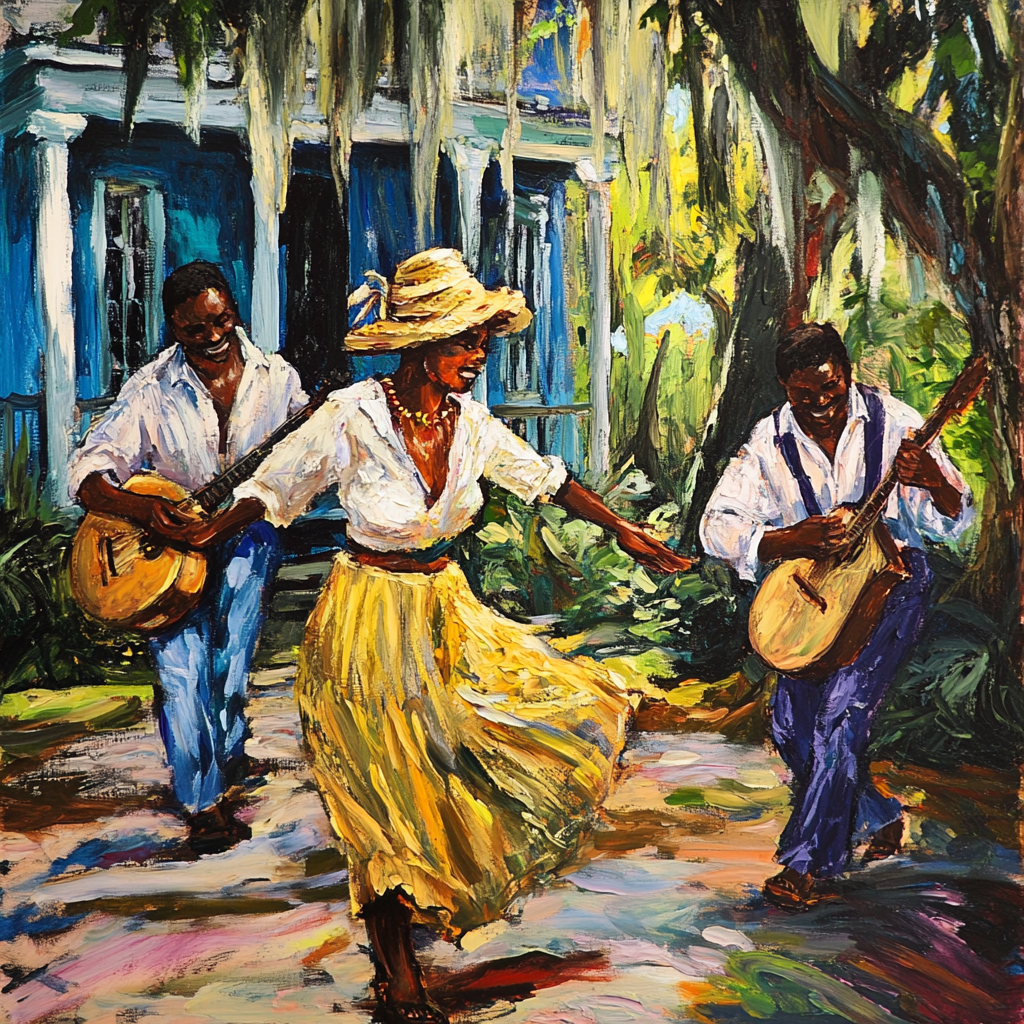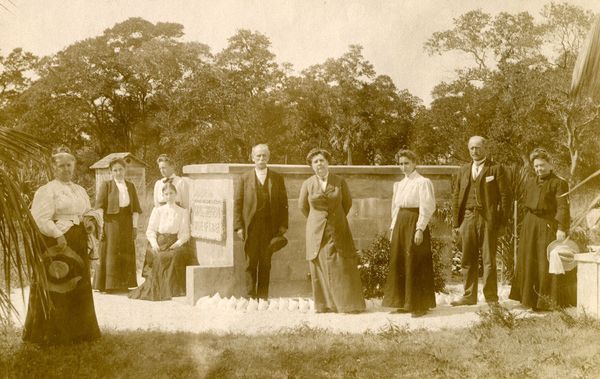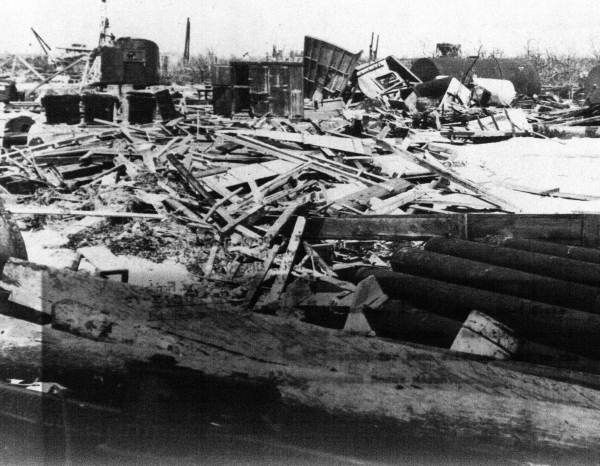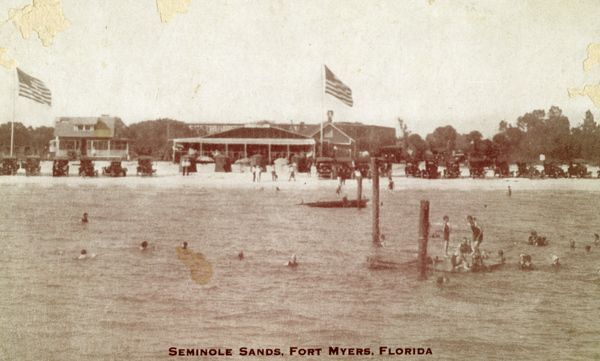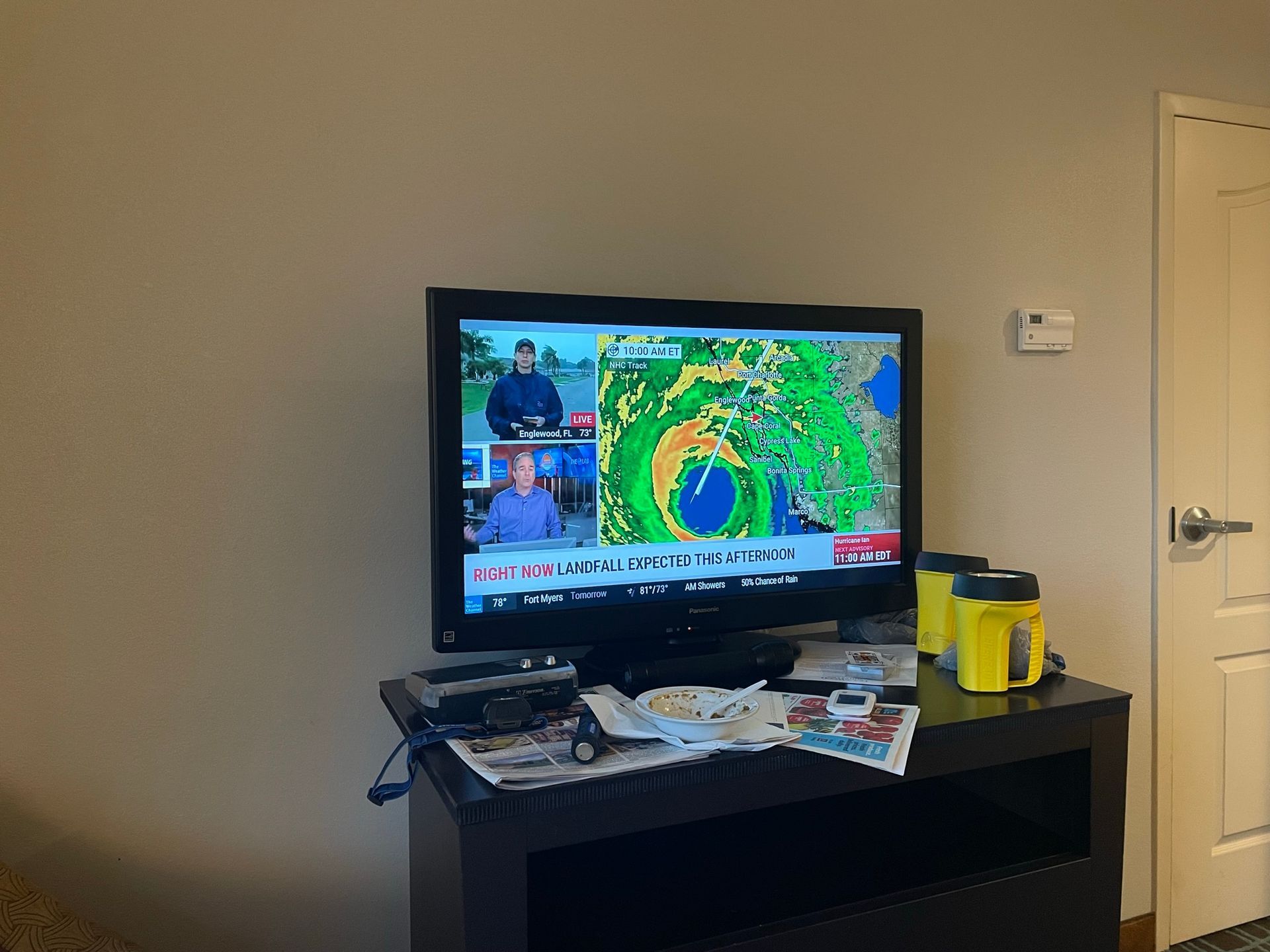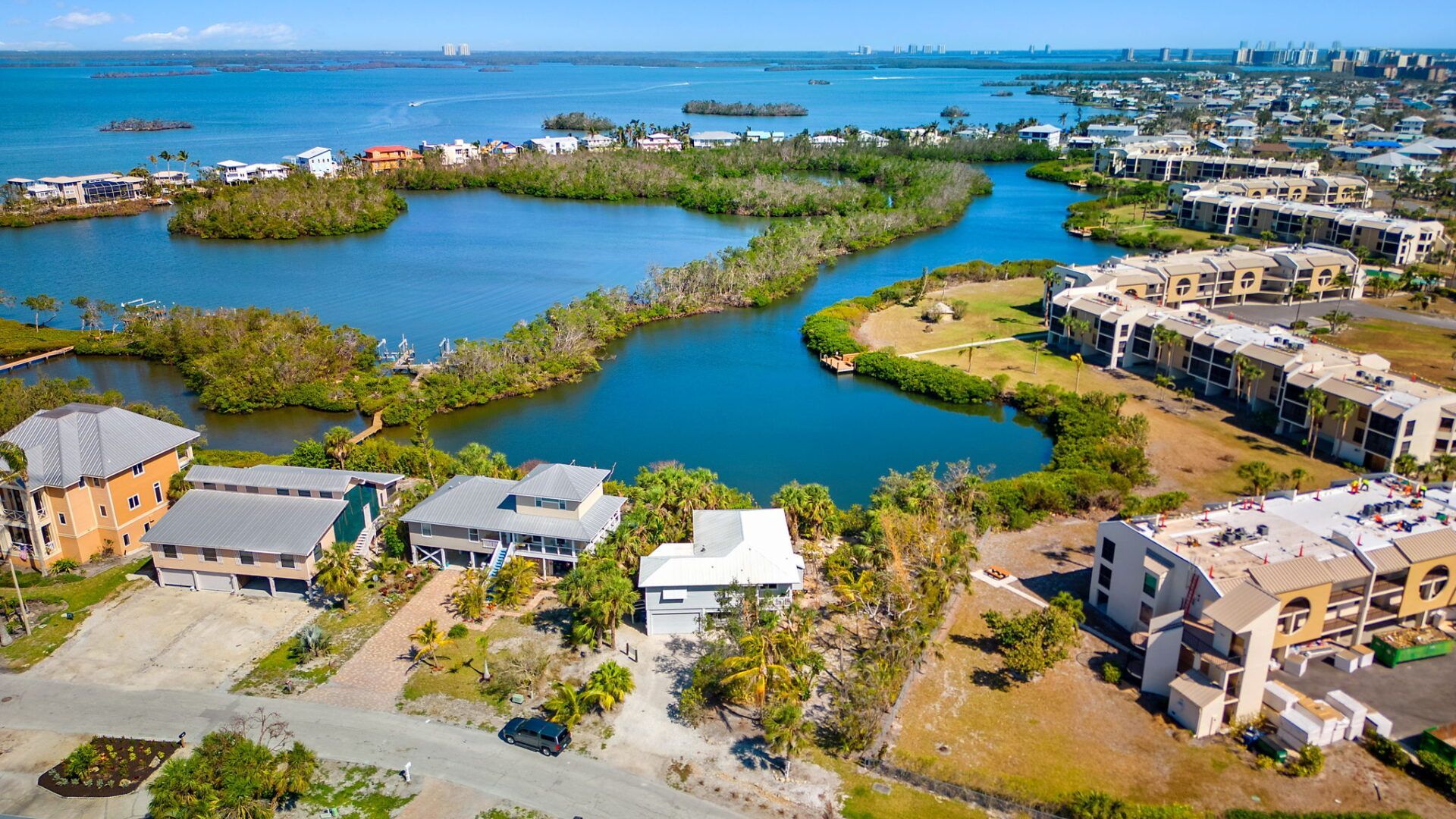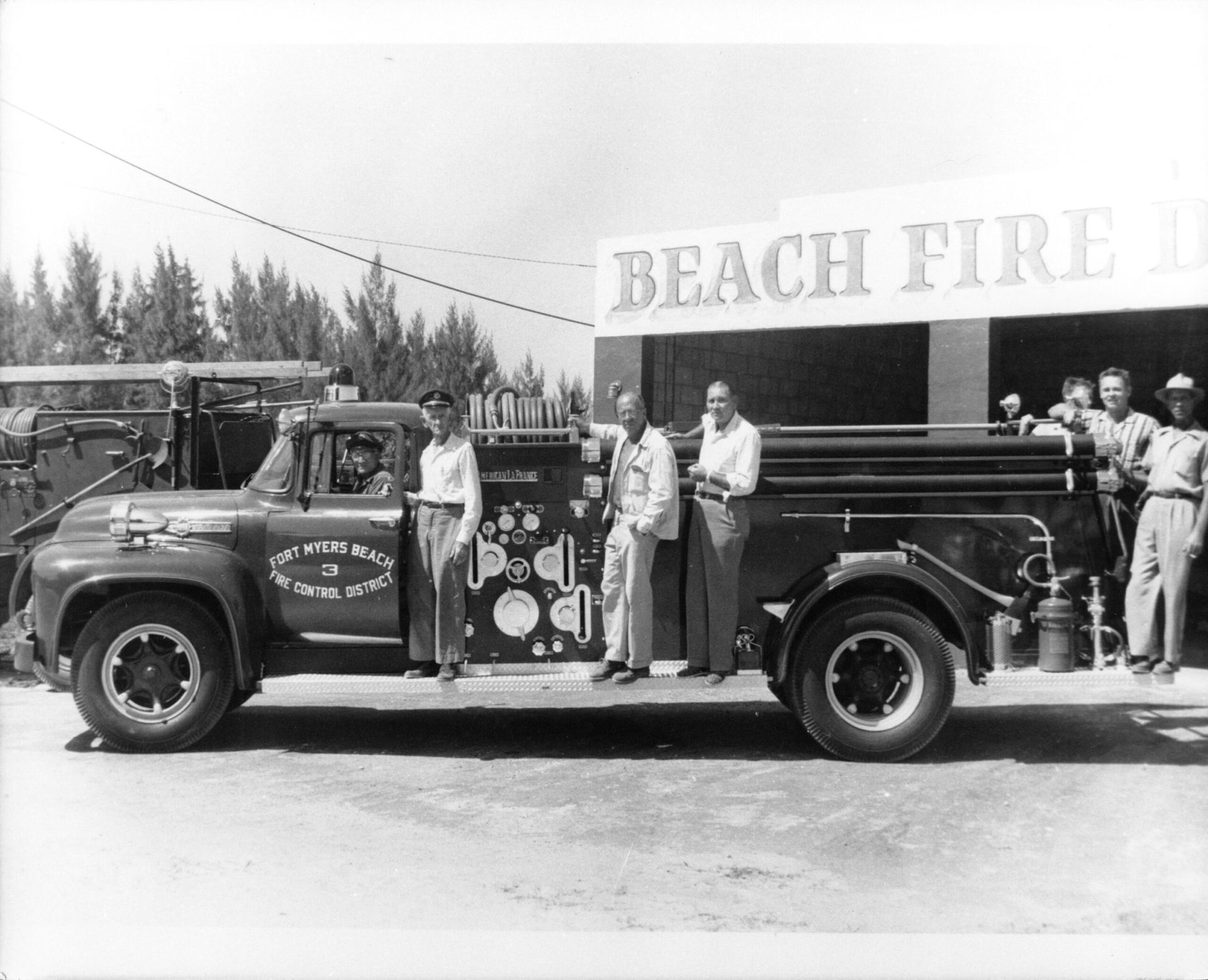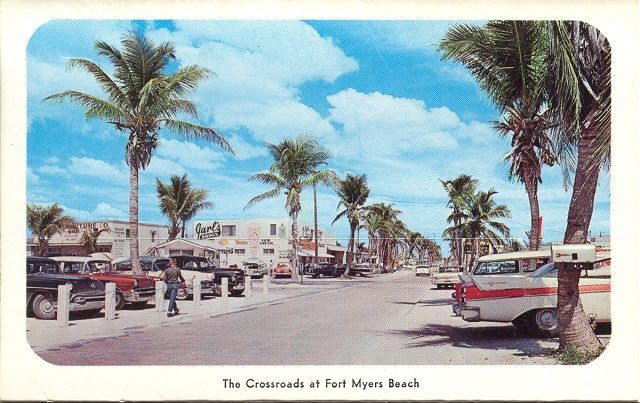Treasure and Dead Bodies
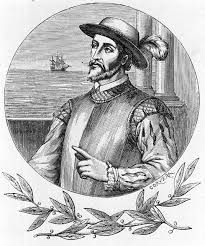
Did WC Zimmerman Discover a Lost Treasure on What is Now San Carlos Island?
Although I really enjoy researching and writing about local history, I am also a sucker for local legends and lore, so when I was given an article taken from a 1897 issue of a newspaper called Fisherman and Farmer, I knew I had to do a deeper dive.
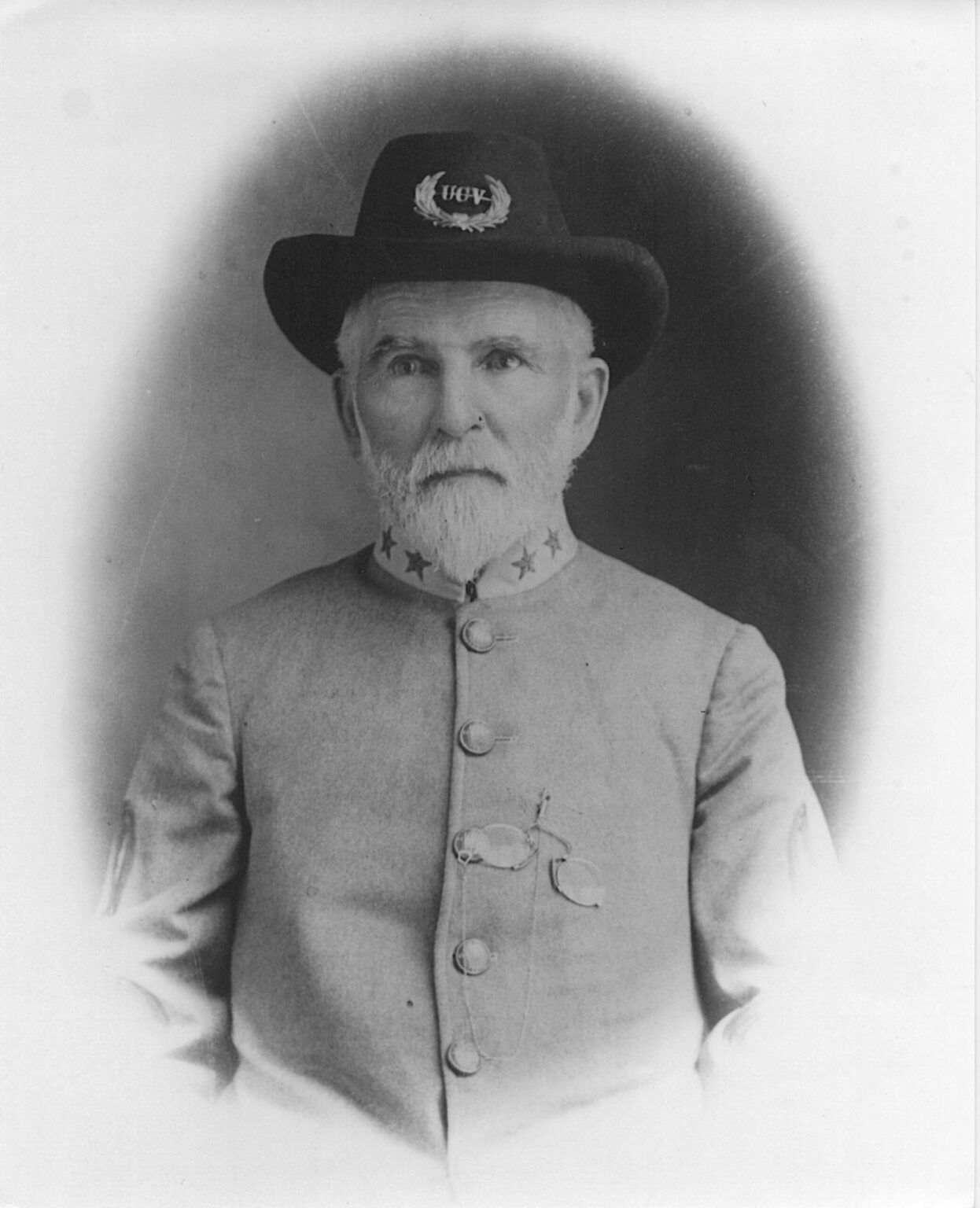
W.C. Zimmerman was a well-known figure in Citrus County. He was a Captain during the Seminole War, and he served as the Citrus County Clerk of Courts when the county seat was moved from Mannfield to Inverness. Apparently, this was a controversial move that many people opposed. One of those who opposed the move was WC Zimmerman. When a midnight raid took place at the courthouse, the leaders began removing everything that had to do with County government, including records, furniture, fixtures, and more and move these items to the new county seat in Inverness. Zimmerman refused to leave his office in the courthouse, so they picked him up in his chair and moved him and his office to the new location.
Zimmerman Goes Hunting
A few years later, Zimmerman became “famous” when newspapers across the nation ran a story of an amazing discovery he made in 1897.
These newspapers reported that Zimmerman was hunting with friends on February 14, 1897. At this time San Carlos Island was part of the main land. The 1926 hurricane carved out Hurricane Pass which created San Carlos Island. Zimmerman and his friends came by boat and landed on the shores of what is now SCI. This was a typical February day in Southwest Florida: the temperature was 78 degrees, the sun was shining, and the breeze coming off the bay was balmy.
As the hunting party began to explore the area for game, Zimmerman noticed a depression in the sand. Since he was an amateur archeologist, it was not unusual for him to notice a change in the landscape. This was an unusual feature, so Zimmerman had his friends help him dig a pit to see what was causing this depression. After a few minutes of digging, they hit something beneath the surface. Upon further exploration, they discovered a helmet that contained a human skull.
Although shocked by this discovery, the men resumed digging and found four sets of armor, each of which contained a skeleton. Next to the bodies were swords and a few guns.
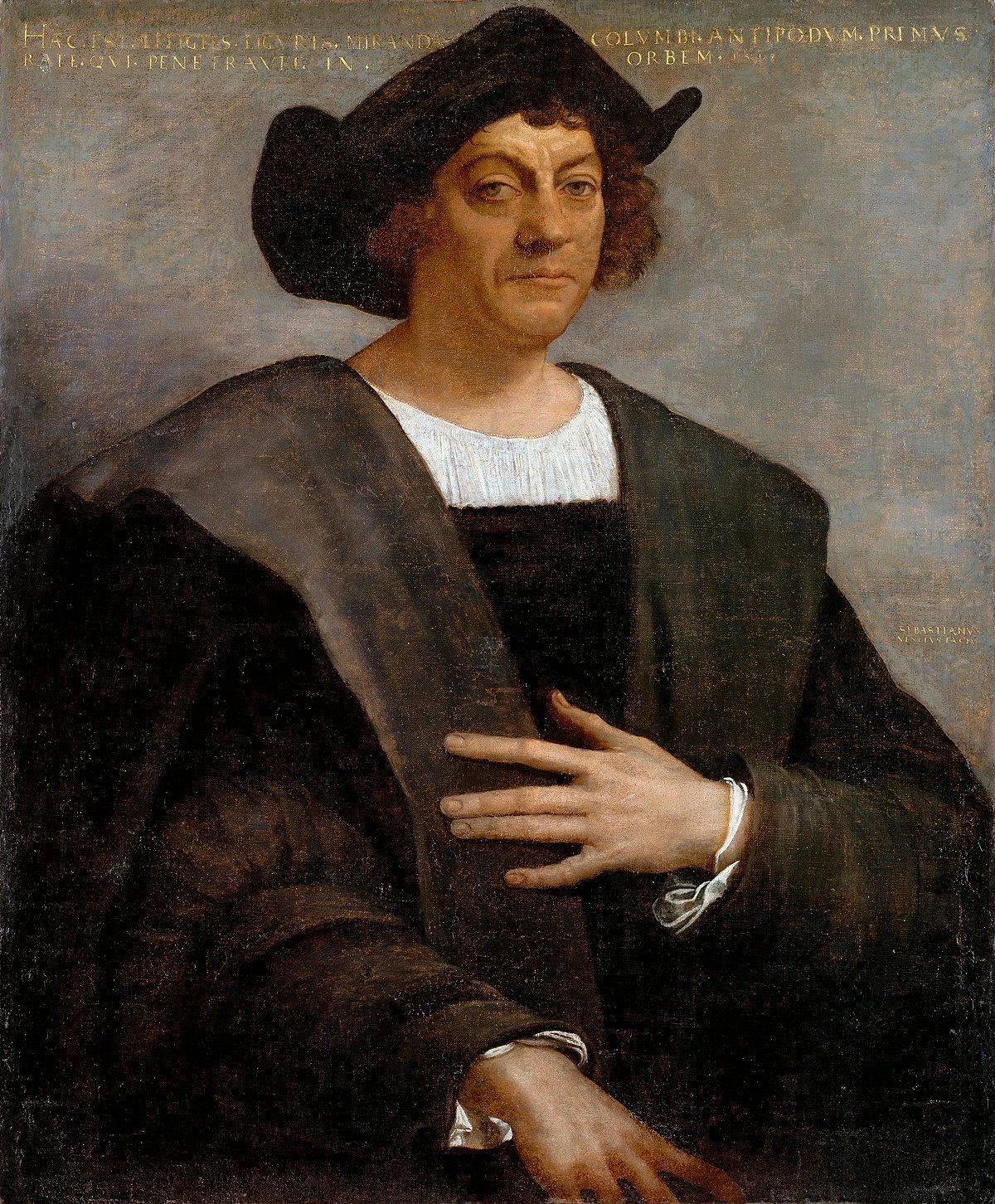
More Treasures Found
Excited by what they had discovered, the group continued to explore this old pit. They wanted to know more about these poor souls who ended up in the grave. In short order, the men discovered a large iron chest filled with Spanish doubloons worth about $6,000 in 1897 currency. Were these the bodies of pirates who frequented the islands back in the 1500s? More digging brought up another smaller chest which included a small gold stirrup with the name Sebastian Velasquez that was dated 1490. They also found a cooper medallion with Cristobal Colon’s likeness on it. Colon was later known as Christopher Columbus.
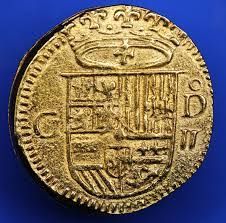
The last artifact uncovered was a piece of parchment paper that included a hand written text in Spanish. The text instructed the reader to go north from Cuba and explore the Gulf coast of Florida. The letter was signed by Columbus whom the article stated was the governor of Cuba.
Who were these unfortunate souls? Zimmerman figured they were part of Velasquez’s party and were stranded on the island, finally dying from the elements.
What happened to the gold and other artifacts? The newspapers at the time reported that the doubloons were divided among the members of his party. Zimmerman said that he would donate the other items to a museum or university.
When the group of hunters returned to Fort Myers, reporters learned of their discovery and the national news wires picked up the story. It did not take long before the news had gone viral. You can find articles recounting these adventures in newspapers from New Your City to Chicago as well as hundreds of small papers like Fisherman and Farmer where we first found the story. Apparently, the story of this discovery continued to be recounted in major papers for the next 25 years (Marotte).
Why Did the Story Die?
At first, the county was fascinated by the story of lost treasure and dead bodies. However, as time passed, public attention faded. The Spanish American War was going on and other news was putting this story on the back burner.
So, did a group of explorers come over from Cuba with a charge from Columbus to head north and explore Florida? Did some of Columbus’ men actually land on what is now San Carlos Island and end up dying there?
Although the story received widespread publicity in 1897, nobody seemed to question whether the story could stand up to a closer analysis. What are the facts that we can explore in determining the authenticity of this tale?
A Deeper Dig into the Story
Columbus died in 1506 so this story must have taken place before that date. No record exists of a Spanish explorer named Sebastian Velasquez (Marotte). There are records of a Diego Velzquez who was a Spanish explorer on Colmubus’ second voyage. He was also the first governor of Cuba. Velaquez mostly explored Spanish positions in Cuba and Mexico. There is no mention of his making any trips to Florida.
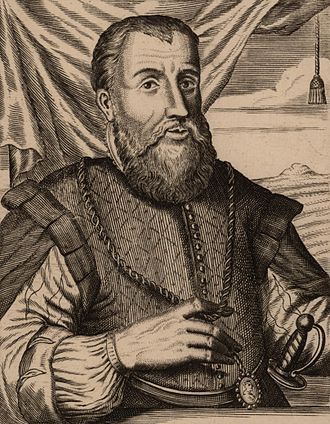
There is evidence that Ponce De Leon was the explorer who led expeditions around Estero Bay in the early 1500s. These explorations occurred many years after Columbus died so they do not fit the timeline mentioned in this story.
According to the reports, Zimmerman discovered a treasure chest full of doubloons. In 1897,however, the currency that was used was the Spanish Real. The doubloon was not used until the 1530s ( Marotte).
Another problem with this story is the artifacts that were discovered. Could they have survived intact for over 600 years without being properly sealed against the elements? Although there are ancient artifacts that have survived thousands of years, they were generally found in hot, dry areas. San Carlos Island is humid and faced numerous hurricanes and other storms over the years. It is doubtful that the iron chests that Zimmerman found would have survived under these conditions.
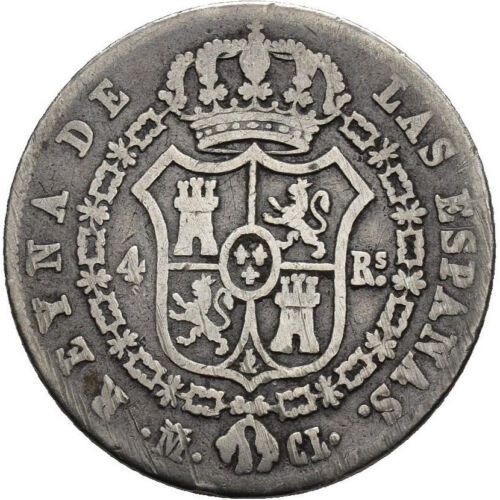
What Happened to WC Zimmerman?
Kathy Turner-Thompson, the Director of the Citrus County Courthouse Museum researched Zimmerman’s life in 1997. Apparently, Zimmerman was not enjoying any riches he may have received from his discovery. Before he died in 1907, Zimmerman requested that his soldier’s pension continue because he was nearly destitute. There was no mention of doubloons or Spanish artifacts in his financial information. Neither are there any records of Zimmerman having donated any artifacts to museums or universities (Citrus County Board of County Commissioners.com).
The original article published in 1897 mentions that Zimmerman was a noted archeologist. However, there is no information to support these statements.
What can we conclude from all the information? Although the original story included some interesting details, much is a mixture of different historical events. It is not likely that iron boxes, a letter, and other artifacts could survive in the south Florida climate.
There was very little follow up regarding what happened to the artifacts after the discovery.
So, from this story we can conclude that “Fake News” is not something that came about with social media and the Internet. Apparently, major papers around the country published this information without closely analyzing whether or not the facts added up. Since the story died with little fanfare, it is possible that historians did their due diligence and realized the story was fake news and let it die.
Author’s Note: This is just one of the topics EIHS would like to explore more fully in a series we are going to host called “History Detectives.” We will come up with topics like this and will conduct our own research, discuss our results, and draw conclusions regarding the veracity of the story.
Source: Marotte, Ken. “W.C. Zimmerman–Citrus County’s Indiana Jones?” Citrus County Chronicle, 26 Mar. 2023.
